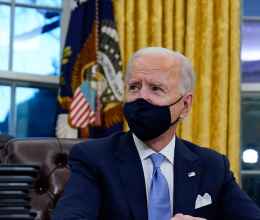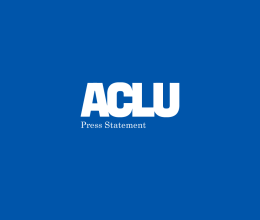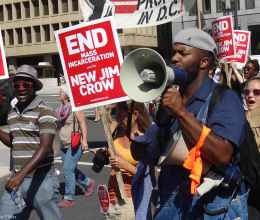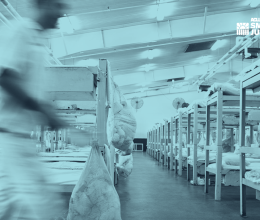
50 State Blueprint: North Dakota
FACTS AND POLICY REFORMS FOR NORTH DAKOTA
As in most states, the prison population in North Dakota has exploded in recent decades.
Between 1980 and 2016 the state’s population increased sixfold. In the period between 2000 and 2016 alone, the state’s rate of imprisonment jumped by 52 percent. Given this growth and additional projected increases, the North Dakota Legislature passed a reform package in 2017 and took steps in 2019 to reduce penalties for marijuana possession.
In 2018, 45 percent of admissions to North Dakota prisons were people admitted for drug and alcohol offenses. Between 2008 and 2018, the number of admissions for these offenses increased by 79 percent. Additionally, revocations of community supervision are a major driver of the state’s prison population — accounting for 38 percent of all prison admissions in 2014.
Unsurprisingly, North Dakota’s incarceration crisis has had an enormous impact on people of color, especially Native Americans. In 2018, Native Americans accounted for 19 percent of the state’s prison population but only 4 percent of all adults in the state. That same year, Black adults were imprisoned at a rate nearly five times higher than white adults.
The population of women in North Dakota prisons is also growing at an alarming rate: Between 2008 and 2018, the number of women in North Dakota prisons increased by 23 percent, while the number of men increased by only 14 percent. Seven out of 10 women in prison were there for nonviolent offenses.
But it doesn’t have to be this way.
North Dakota can dramatically reduce its prison population by implementing just a few sensible reforms:
- Improve community supervision to ensure that probation is used as prison alternative.
- Decriminalize marijuana possession.
- Reform parole practices so that “Truth-in-Sentencing” laws do not require excessively long stays in prison.
- End arrest and incarceration for certain low-level charges and refer people to behavioral health centers when needed.
- Expand the availability of earned credits against a prison sentence through participation in educational, vocational, and other opportunities.
If North Dakota were to follow these and other reforms outlined in this Smart Justice 50-State Blueprint, 1,015 fewer people would be in prison in the state by 2025, saving taxpayers over $125 million that could be invested in schools, services, and other resources that would strengthen communities.
For more information, along with detailed breakdowns of North Dakota’s prison population and the reforms needed to reduce it, click here.
Related content


Hidden Taxes Don't Belong Anywhere, Least of All in Our Justice System
October 6, 2022
One Year Later: How the Biden Administration is Doing on Civil...
January 24, 2022
Church or Jail? Federal Court Delivers Qualified Immunity Win For...
August 13, 2021
ACLU, Local Advocacy Organizations Encouraging People to Watch...
August 17, 2020
ACLU Commends North Dakota Parole Board Decision to Mitigate Prison...
March 20, 2020
Ending cash bail can help reform North Dakota’s criminal justice...
October 4, 2019
Common-sense reforms could reduce North Dakota’s prison population,...
August 20, 2019